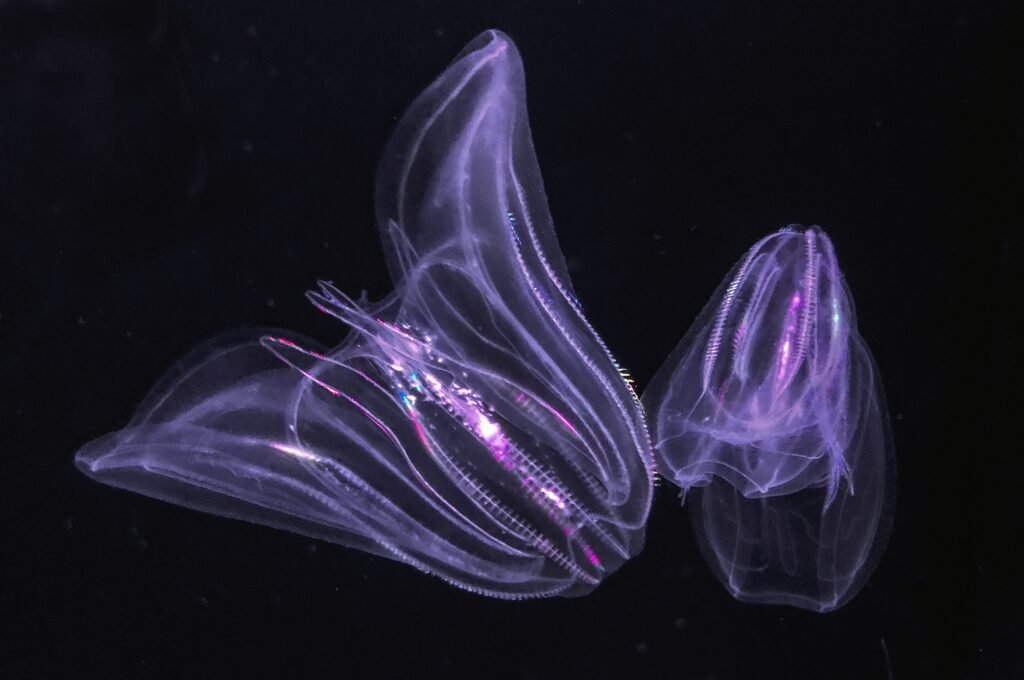NASA to launch life-searching spacecraft to Jupiter’s moon Europa
NASA is about to launch life-searching spacecraft to explore the life potential that could exist on Jupiter’s moon Europa. The spacecraft is expected to launch from Florida’s Kennedy Space Center on the SpaceX Falcon Heavy rocket.
NASA’s greatest planetary mission spacecraft is “Europa Clipper” which scientists specifically designed to explore life on Europa. The moon is a potential target for astrobiological research as scientists believe it to have a sizable underground ocean beneath its frozen crust.

The spacecraft Europa Clipper will surround Jupiter instead of Europa Moon itself using a new space method. It will be able to minimize exposure to Jupiter’s powerful radiation belts while doing about 50 near flybys of Europa moon.
Europa Clipper will collect precise measurements of the moon’s surface, atmosphere, and maybe its underground ocean throughout these flybys using its variety of nine advanced scientific equipment.
The spacecraft Europa Clipper is longer than a basketball court, measuring more than 100 feet when its solar panels are fully extended. It will carry approximately 2,700 fuel kilograms or nearly half of its 6000-kilogram launch weight.
NASA is about to launch life-searching spacecraft on October 10, 2024. The spacecraft will use gravity aids from Earth and Mars to reach the required velocity. It will take approximately five and a half-year journey to reach Jupiter.

Click here to read the updates on Jupiter’s Moon Europa shows enough oxygen for 1 million humans
However, Europa Clipper’s main mission is scheduled to last at least three and a half years. It will begin when it gets to the Jupiter system in April 2030.
But there may have been a recent setback for this mission. Engineers found in June 2024 that spacecraft might have more radiation-sensitive transistors than first believed.
Hence, NASA is currently assessing methods to maximize the longevity of spacecraft components in Jupiter’s hostile radiation environment.
Read More:
- Sea creature turns into a baby when it is stressed out showing time travel
- Realme Narzo 70 Turbo 5G launch date, features, specifications & price
- European Space Agency printed 3D metal part in space for first time
- Earth’s mysterious Alaska triangle where over 20,000 people disappeared
- Philips Hue launched a new smart lighting solution for kitchen
- NASA to launch life-searching spacecraft to Jupiter’s moon Europa
Share this content:










Post Comment